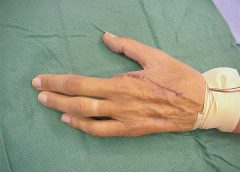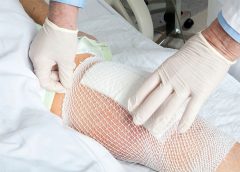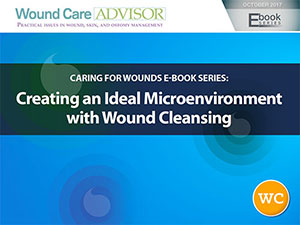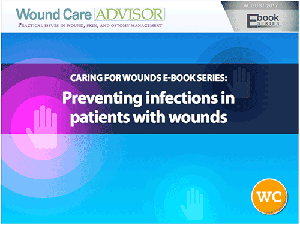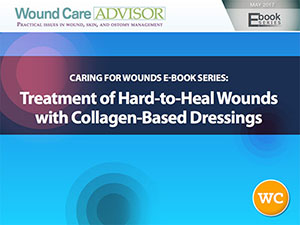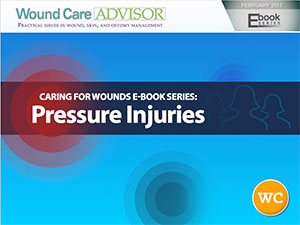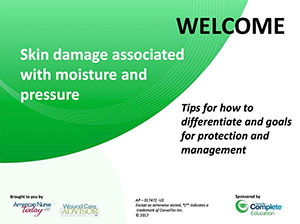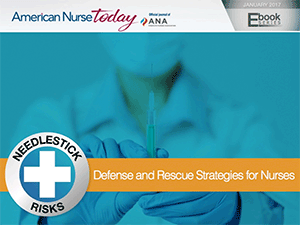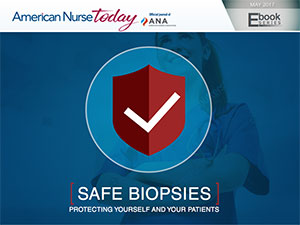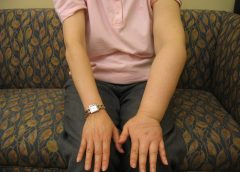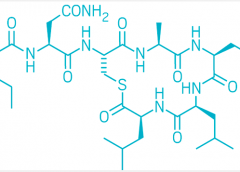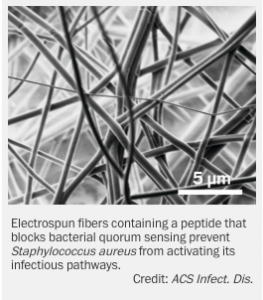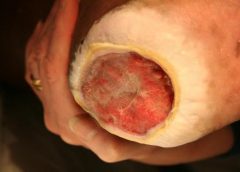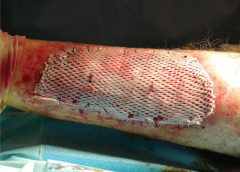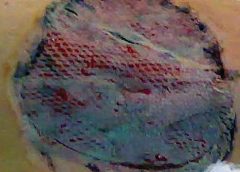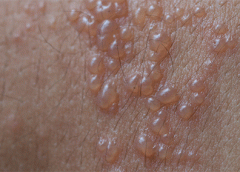by Dr. Michael Miller
I recently saw an ad for a pending lecture at a national conference that piqued my interest much like “deflate-gate”. The title of this lecture horrifically touted that Amputation need not be considered failure. As a full time wound care doc, I work to identify those conditions that place patients at risk of all consequences both limited and catastrophic. We use the catchy title of “Limb Preservation”. We start the process by engaging in the unusual behavior of making definitive diagnoses, then systematically address them in as comprehensive manner as possible. I am proud to tell you that while there are occasions in which a terminally damaged digit is lost, that we have rarely sacrificed the greater part of a foot and more, have had only 3 lower extremity amputations in the last 5 years on patients who’s care remained exclusively with us. Of course, when a patient for whom we have created and implemented a “Limb Pres” care plan is taken out of our system (usually via a hospitalization for a reason other then the lower extremity problem), the facility forces that be unfortunately but infrequently demonstrate their inadequacy and paranoia by gang-harangueing the patient and family. They are lambasted with lurid tales of the condition marching up the leg engulfing the foot, knee, torso, and brains much like a flesh-eating PacMan. The patient’s confidence now neutered has little chance against this persistent onslaught of inadequacy and so, much like the Queen song, “Another One Bites The Dust”. (more…)
Read More
